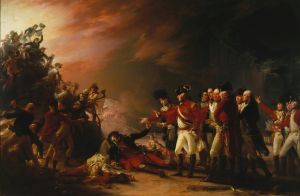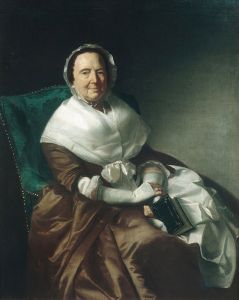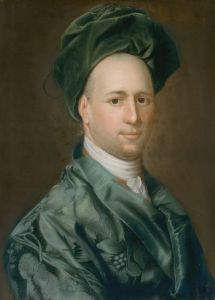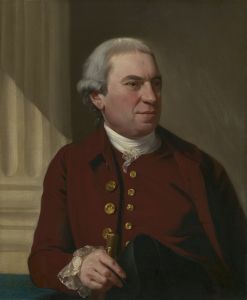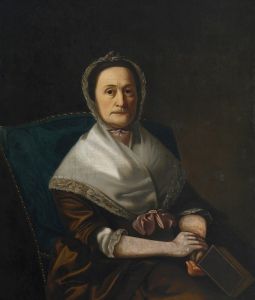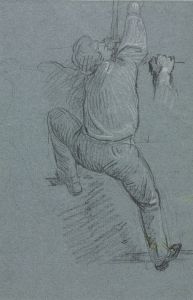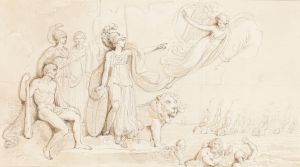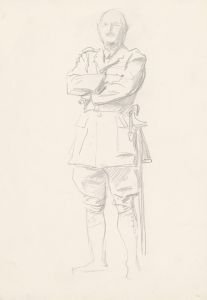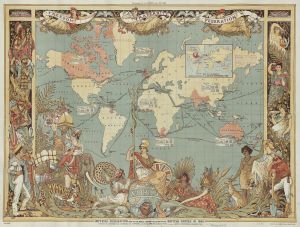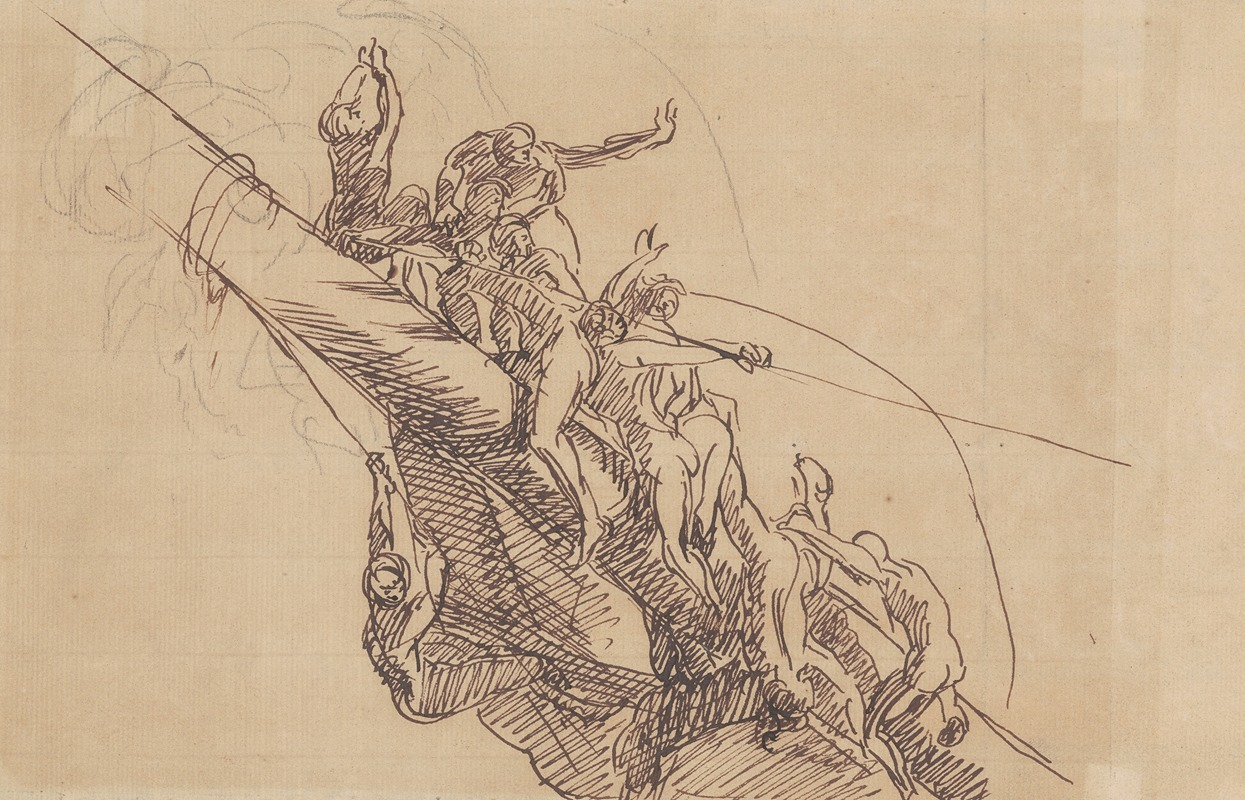
Study for ‘The Defeat of the Floating Batteries at Gibraltar’
A hand-painted replica of John Singleton Copley’s masterpiece Study for ‘The Defeat of the Floating Batteries at Gibraltar’, meticulously crafted by professional artists to capture the true essence of the original. Each piece is created with museum-quality canvas and rare mineral pigments, carefully painted by experienced artists with delicate brushstrokes and rich, layered colors to perfectly recreate the texture of the original artwork. Unlike machine-printed reproductions, this hand-painted version brings the painting to life, infused with the artist’s emotions and skill in every stroke. Whether for personal collection or home decoration, it instantly elevates the artistic atmosphere of any space.
"Study for ‘The Defeat of the Floating Batteries at Gibraltar’" is a preparatory work by John Singleton Copley, an American-born painter known for his historical and portrait paintings. This study was created as part of Copley's extensive preparation for his larger and more famous painting, "The Defeat of the Floating Batteries at Gibraltar, September 1782," which commemorates a significant event during the Great Siege of Gibraltar.
The Great Siege of Gibraltar (1779-1783) was a prolonged military engagement in which Spanish and French forces attempted to capture Gibraltar from the British. The siege was part of the larger conflict of the American Revolutionary War, where Spain and France were allied against Britain. One of the most notable episodes of the siege occurred in September 1782, when the Spanish forces deployed specially designed floating batteries to bombard the British fortifications.
Copley's study captures the dramatic moment of the British defense against these floating batteries. The floating batteries were heavily fortified ships designed to withstand cannon fire, but the British forces, under the command of General George Augustus Eliott, successfully repelled the attack using heated shot, which set the batteries ablaze. The defeat of the floating batteries was a significant victory for the British and marked a turning point in the siege, which eventually ended in a British victory.
John Singleton Copley, who had moved to London in 1774, was deeply interested in historical subjects and sought to depict contemporary events with accuracy and drama. His study for "The Defeat of the Floating Batteries at Gibraltar" reflects his meticulous approach to composition and detail. Copley conducted extensive research, including interviews with eyewitnesses and examination of military reports, to ensure the historical accuracy of his work.
The study itself is a testament to Copley's skill in capturing the chaos and intensity of battle. It features dynamic figures, dramatic lighting, and a sense of movement that conveys the urgency and violence of the conflict. The final painting, completed in 1791, is a large-scale work that measures approximately 25 feet by 18 feet and is housed in the Guildhall Art Gallery in London.
Copley's work on this subject is significant not only for its artistic merit but also for its historical value. It provides a visual record of an important event in British military history and reflects the broader geopolitical struggles of the late 18th century. The study and the final painting are celebrated for their detailed depiction of the event and their ability to convey the heroism and resilience of the British defenders.
In summary, "Study for ‘The Defeat of the Floating Batteries at Gibraltar’" by John Singleton Copley is an important preparatory work that showcases the artist's dedication to historical accuracy and his ability to capture the drama of a pivotal moment in history. The study played a crucial role in the creation of Copley's larger masterpiece, which remains a significant work in the canon of historical painting.





